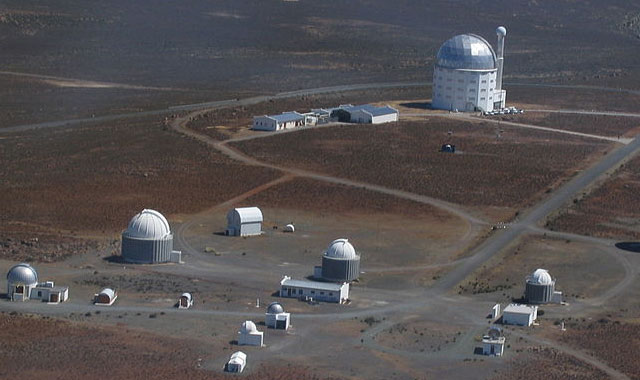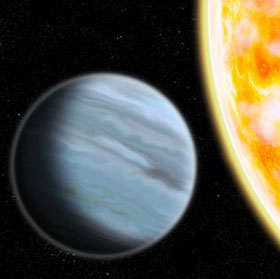
Researchers from the South African Astronomical Observatory (SAAO) have helped find a new exoplanet, 320 light years from Earth, that exhibits unusual characteristics.
SAAO, with other researchers from around the world, found Kelt-11b, a gas giant similar to Jupiter and Saturn, but which is “very different from the gas giants in our solar system”.
The observatory said in a statement that the newly discovered exoplanet orbits its host star – called Kelt-11 – so closely that it completes an orbit in less than five days.
“Kelt-11b has only a fifth of Jupiter’s mass, but is 40% larger in radius. This means that this new bloated planet has about the same density as Styrofoam,” the SAAO statement said.
“This puffed-up planet also has a very large atmosphere, providing researchers the opportunity to study its atmospheric properties in detail,” it said. “These studies will be useful for developing tools to assess Earth-like planets for signs of life in future.”

The Kelt (Kilodegree Extremely Little Telescope) project consists of two small, robotic telescopes. One of the telescopes, Kelt-North, is located in Arizona in the US, while the other telescope, Kelt-South, is located in Sutherland in South Africa’s Karoo desert.
The exoplanet was first discovered with the Kelt-South telescope and thereafter monitored by many telescopes around the world operated by researchers at universities as well as telescopes operated by amateur astronomers.
The Kelt telescopes scan the sky every night, measuring the brightness of about five million stars, SAAO said. Astronomers search for stars that seem to dim slightly at regular intervals, which can indicate a planet is orbiting that star and eclipsing it.
Much larger telescopes are then used to measure the gravitational “wobble” of the star – the slight tug a planet exerts on the star as it orbits – to verify that the dimming is due to a planet, and to measure the planet’s mass.
Rudi Kuhn of SAAO, who helped in the construction of Kelt-South, said in the statement: “The planet Kelt-11b orbits one of the brightest stars known to host an exoplanet and is one of the most inflated planets ever discovered. This enables us to make some very detailed observations of the atmospheric composition of the exoplanet using much larger telescopes, like the Southern African Large Telescope. This will help us understand how these giant planets are formed, why they have such small orbits as well as what might happen to them in the future.” — © 2017 NewsCentral Media

